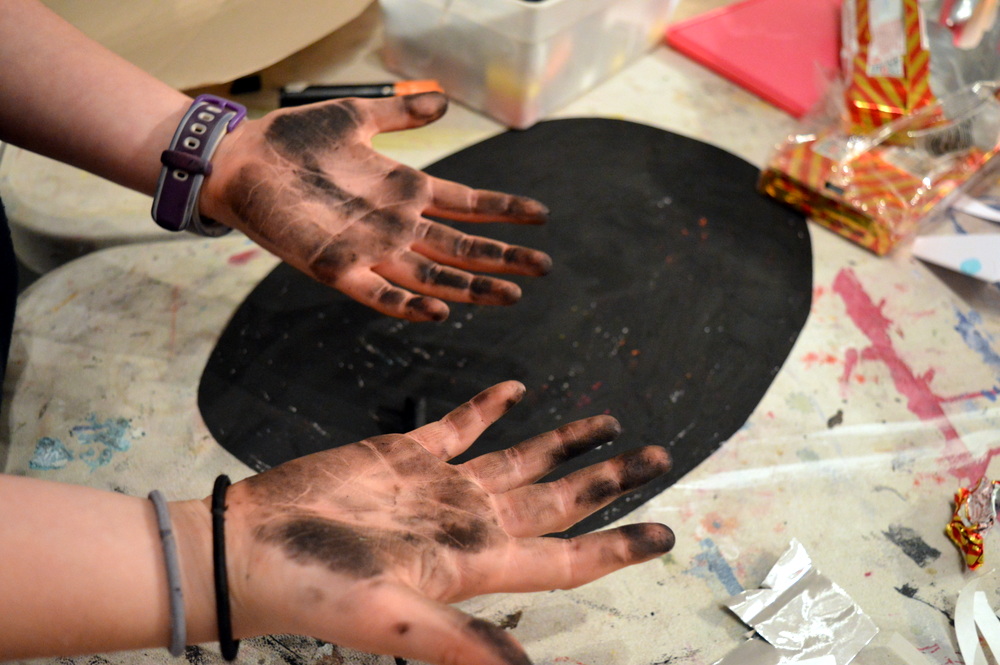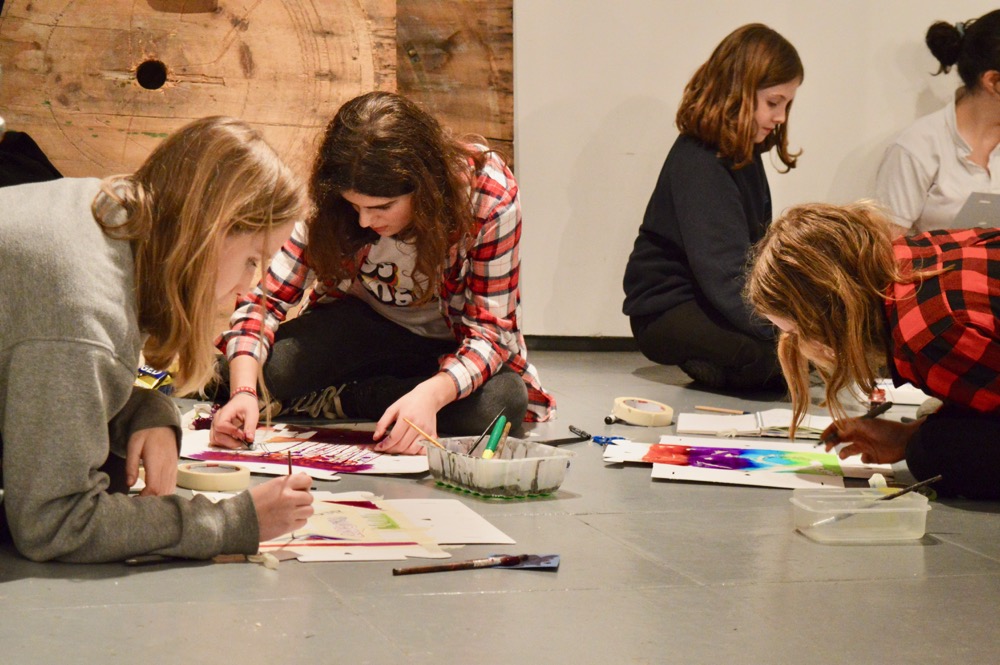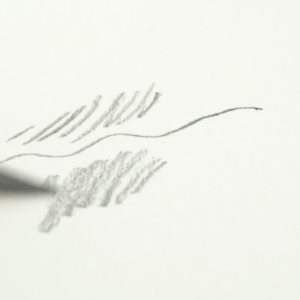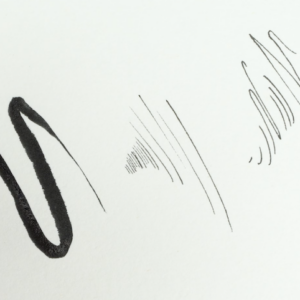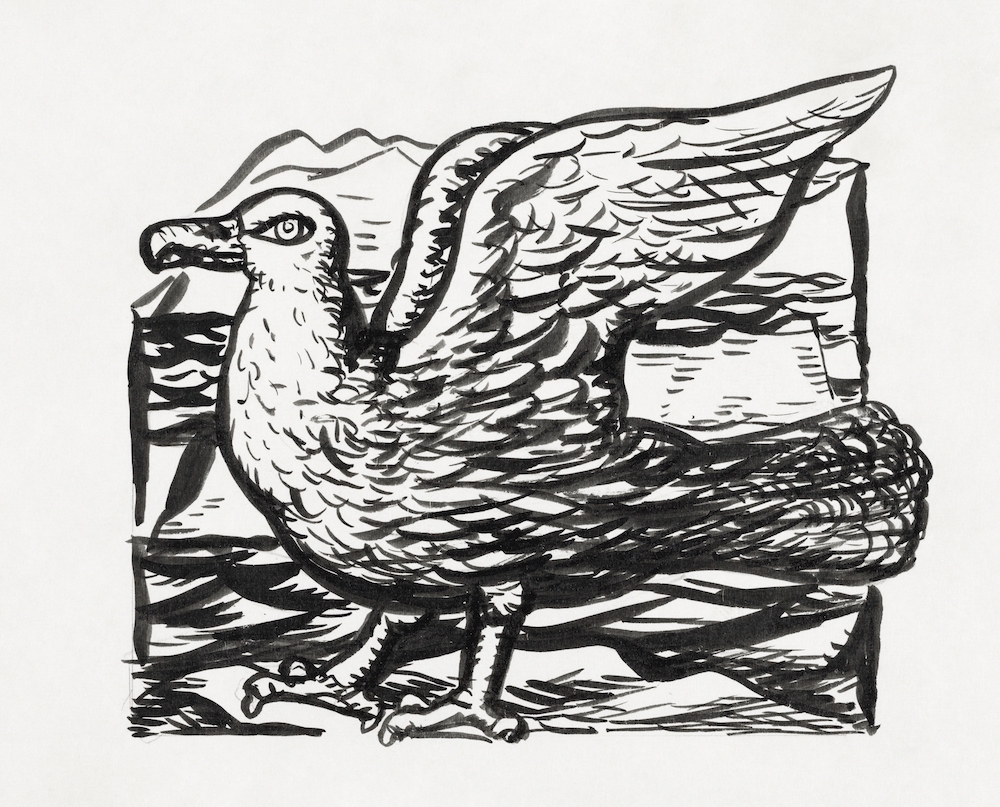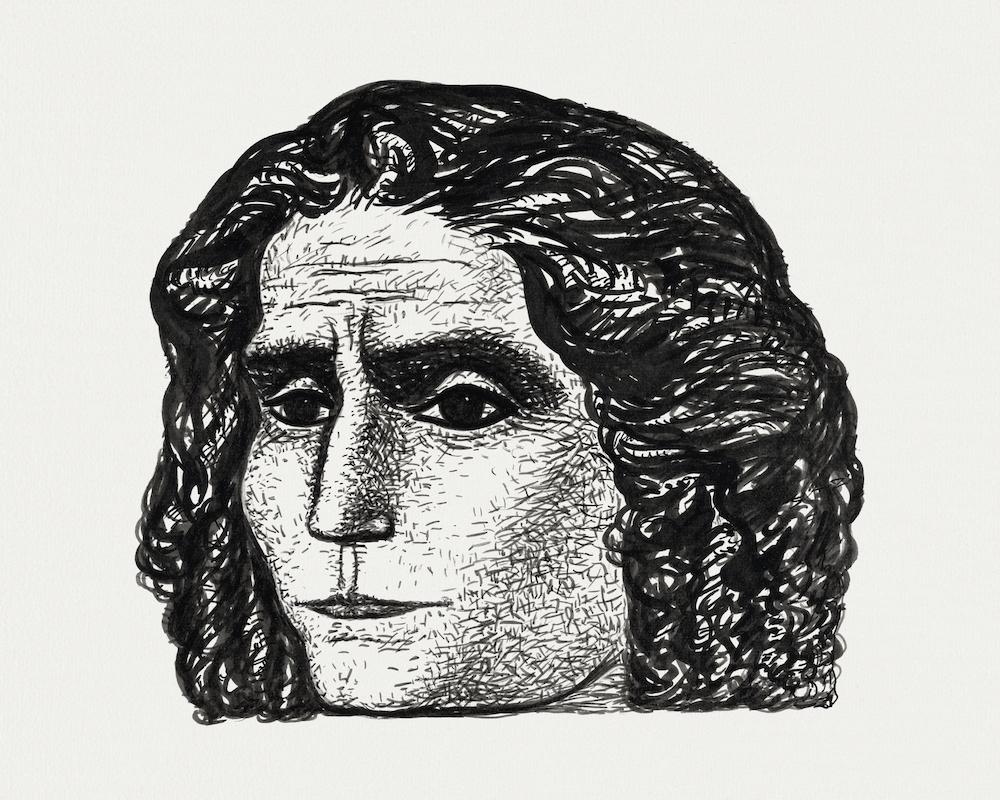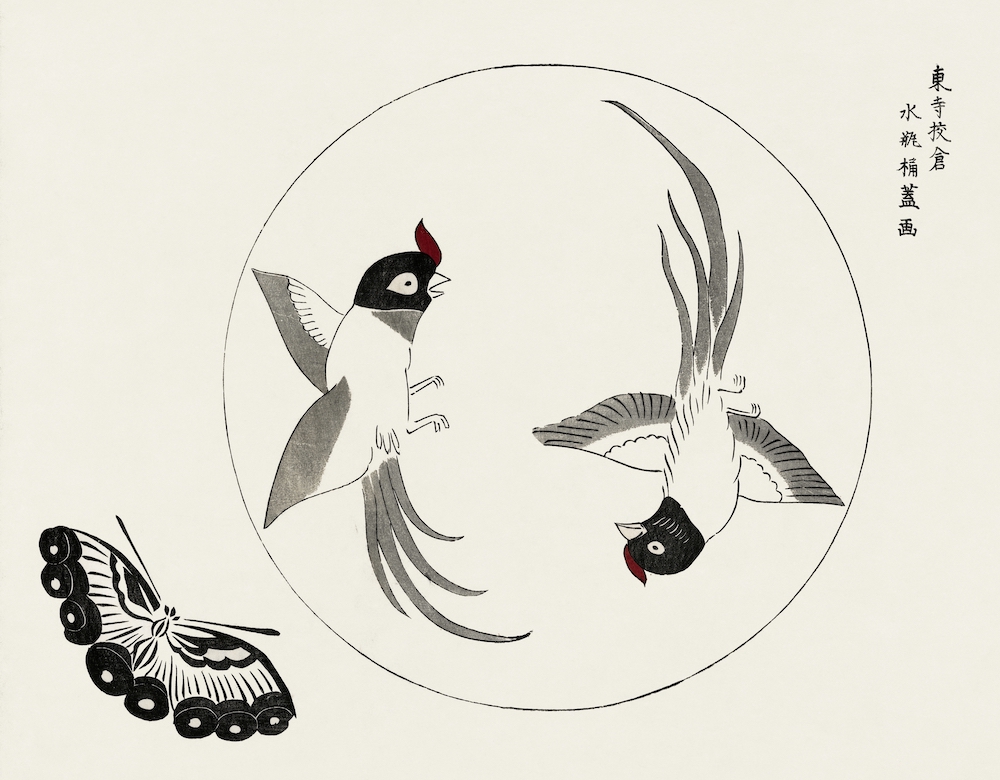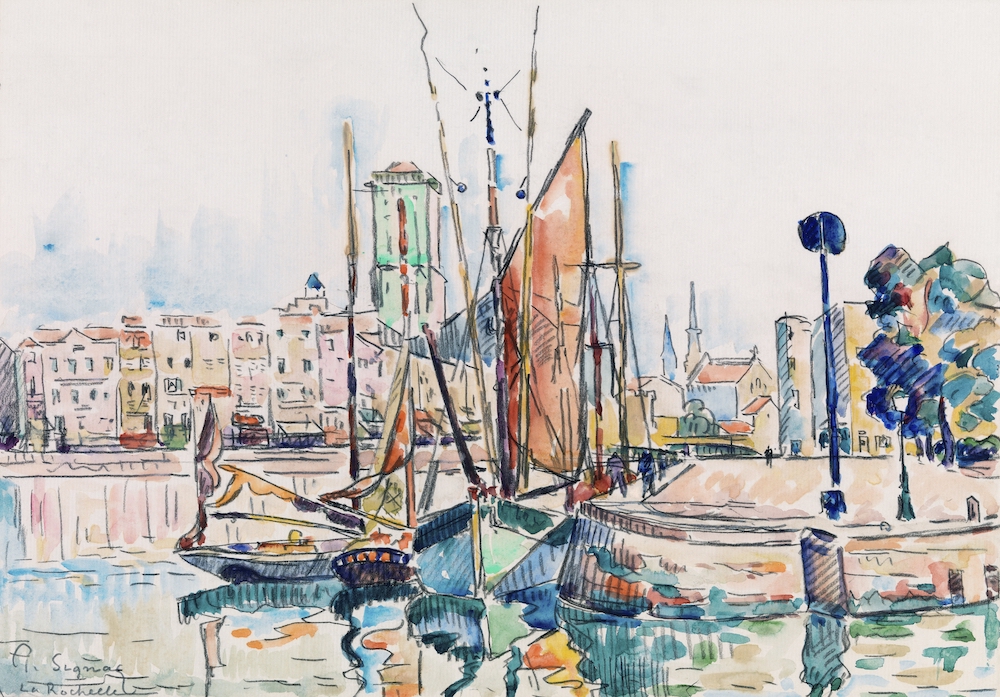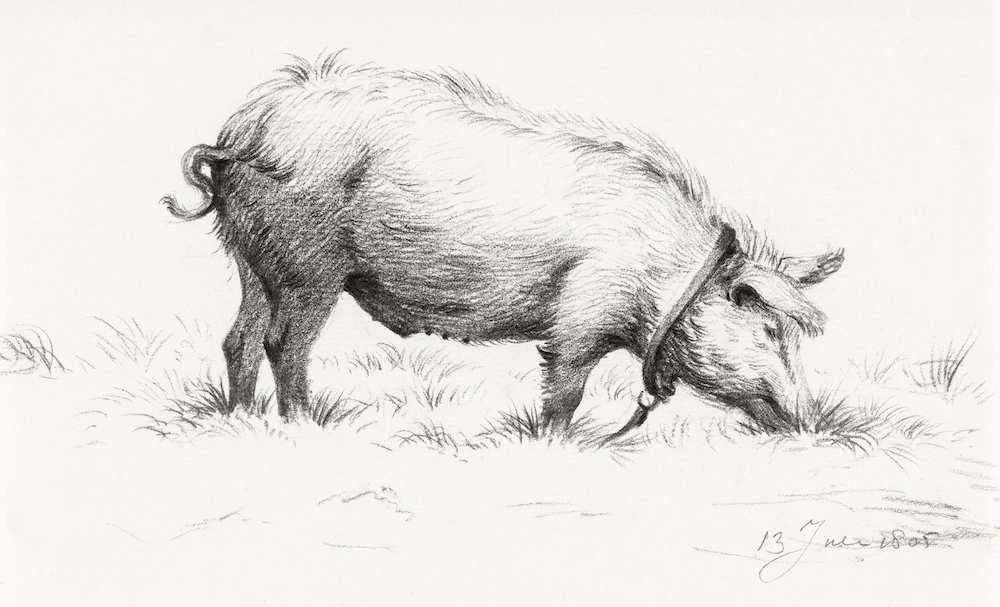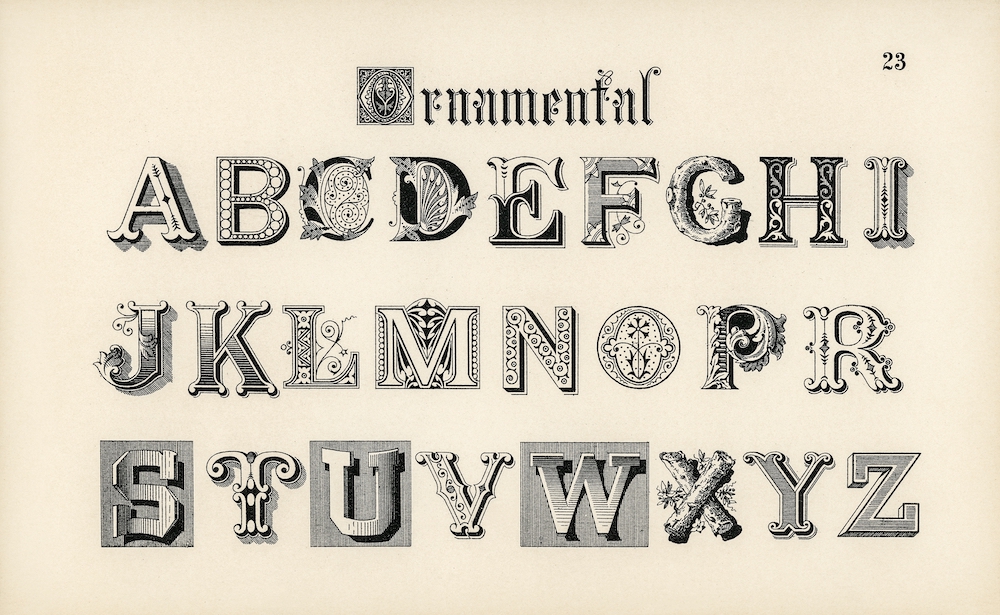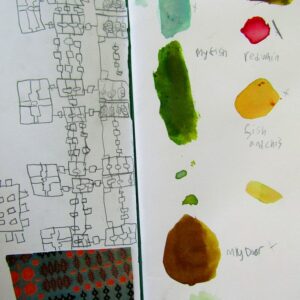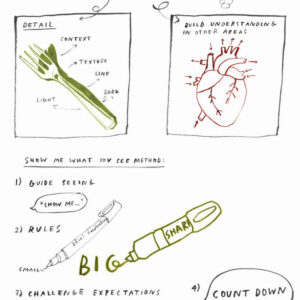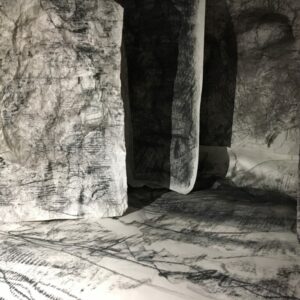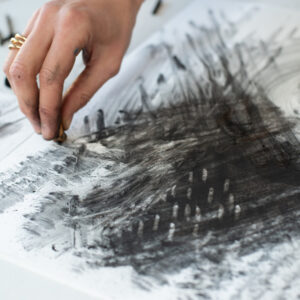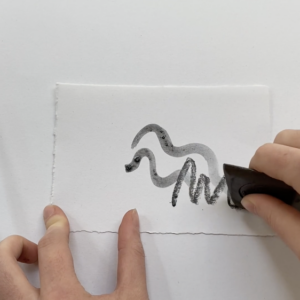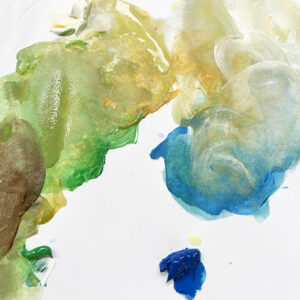In this post artist Elizabeth Hammond demonstrates how to use mark making to describe emotions. This works on many levels, not only exploring different ways of using certain media but learning and understanding the importance of visual language. We can say so much more with a line than in words! Become a member to watch the full video.
To access all content, I would like to join as…
AccessArt is a UK Charity and we believe everyone has the right to be creative. AccessArt provides inspiration to help us all reach our creative potential.
